
Two very common construction defects that we encounter
during our forensic investigations are the so-called mortar bridging and mortar
droppings. These defects have been known
to the construction industry for many-many years, but despite the awareness,
they continue to occur quite frequently.
The main reason for that is that it is a challenge even for a good mason
to manage the mortar.
Imagine what this
means if a not-so-good mason builds the wall.
This blog deals with these mortar handling issues as they relate to the
anchored masonry veneers that are so popular with homes built during the past
twenty years.
This picture clearly displays a problem that we call mortar
bridging and mortar dropping. This
occurs when sloppy workmanship results in mortar getting behind the brick. The
problem is that this prevents water from freely draining out of the wall
system. In fact, it even bridges the gap
between the brick and the framing, allowing water to wick into wood materials,
causing lots of problems.
Anchored Masonry
Veneer
Masonry (brick or
stone) veneers cover areas of the exterior walls at many condominiums, single
family houses, commercial buildings and other structures. The brick or stone is nonstructural and is
attached back to the structure with corrugated brick ties. Openings in the brick are spanned with primed
steel angles. The brick wall typically
bears on top of the post-tensioned slab and is installed between 1-inch and
2-inches from the exterior wood stud walls, depending on the design.
Properly
detailed brick veneer functions like a rain screen. The key is making sure there is an
unobstructed path for water to flow out at the bottom of the wall. This path starts with the airspace behind the
brick. Water freely flows down through this space, gets collected by
through-wall flashing at the bottom of the wall, and drains out through weep
holes.
Brick veneer
rain-screen assembly
The purpose of the
cavity weep system in an anchored brick veneer is to provide a means to drain
and dry the air space between the brick and the weather-resistive barrier. The cavity weep system (the 1-2 inch air
space, flashings, drainage nets, and weeps) is critical to ensuring the
durability of anchored brick veneers and the underlying building envelope
components and framing. The proper
installation of a weep system is prescribed by building codes and is well
documented in industry standards.
Basic Cavity Wall Design
Unfortunately, many
installed cavity weep systems for brick veneers do not comply with industry
standards and the building code requirements for such systems. This typically results in diminished capacity
of the brick veneer to drain and dissipate absorbed moisture and incidental
water penetration.
At one recent
forensic inspection, we found that excessive mortar droppings were blocking the
drainage path and weeps at the bottom of all walls and above all fenestrations that
were subjected to our intrusive examinations.
To prevent mortar droppings, standard industry practices include either
mortar dropping devices at the base of the brick walls or cleaning out the air
space from the mortar droppings during construction on a daily basis. Some typical specifications regarding daily
cleaning are provided here:
Cleaning
The contractor shall carry out work in
as clean manner as possible and shall remove excess materials and mortar
droppings daily.
Where bricks walls and partitions are
to receive plaster, excess materials and mortar dropping shall be removed and
the surfaces shall be brushed clean.
During cleaning operations, adjacent
work shall be protected and any damage resulting from improper protection shall
be made good by the contractor at this own cost.
Cleanings
The contractor shall carry out the work
in a clean manner and shall remove excess material mortar droppings excess
materials mortar droppings shall be removed and the surfaces shall be brushed
clean during cleaning operation adjacent work shall be protected and any
damages shall be made good at the cost of the contractor resulting from
improper protection.
Applicable Code and Industry Standard
References
1403.2 Weather protection.
Exterior walls shall provide the building with a weather-resistant exterior wall envelope. The exterior
wall envelope shall include flashing, as described in Section 1405.4.
The exterior wall envelope shall be designed and
constructed in such a manner as to prevent the accumulation of water within the
wall assembly by providing a water-resistive
barrier behind the exterior veneer, as described in Section 1404.2, and
a means for draining water that enters the assembly to the exterior. Protection
against condensation in the exterior
wall assembly shall be provided in accordance with Section 1405.3.
Source:
International Code Council (ICC), 2012
International Building Code (IBC), Chapter 21, Section 1403
1404.4 Masonry.
Exterior walls of masonry construction shall be designed and constructed in
accordance with this section and Chapter 21. Masonry units, mortar and metal accessories used in
anchored and adhered veneer shall meet the physical requirements of Chapter 21. The backing of
anchored and adhered veneer shall be of concrete, masonry, steel framing or
wood framing.
Source:
International Code Council (ICC), 2012
International Building Code (IBC), Chapter 14, Section 1404
6.2.2.6.3
Maintain a maximum distance between
the inside face of the veneer and outside face of the solid sheathing of 1 in.
(25.4 mm) when corrugated sheet metal anchors are used. Maintain a
maximum distance between the inside face of the veneer and the wood stud or wood
framing of 41/2 in. (114 mm) when other anchors are used. Maintain a 1-in.
(25.4-mm) minimum air space.
Source: Masonry
Standards Joint Committee, BUILDING CODE REQUIREMENTS FOR MASONRY STRUCTURES, 2006
Example of mortar
bridging
Defects Associated
with Thru-Wall Flashings installed at the Base of the Masonry Veneer Wall
Through-wall
flashings are one of the components of the cavity wall system where we also see
very significant defects. The first step to detailing the base of a
brick-veneer wall is to install a through-wall flashing, which extends down the
sheathing and out across the support ledge (often a concrete extension of the
foundation, but may also be formed with angle-iron).
Through-wall
flashing can be made with metal, but is usually formed with a flexible
rubber-based membrane, such as the one shown in the photo below.
Flexible rubber
through-wall flashing
1. Weather-resistive
barrier. Next, a weather-resistive barrier, such as building paper, must be
applied over the framed wall assembly. The courses of the weather-resistive
barrier must be applied "shingle fashion," with the lowest course
applied first, overlapping the vertical leg of the through-wall flashing. The
upper courses are installed afterwards, overlapping each lower course.
2. Air space. The
brick must be installed with a 1-inch air space behind it to allow water that
seeps into the brick to freely drain. The illustration above shows a mortar
mesh installed in the air space at the base of wall. This helps to stop mortar
droppings from clogging the weep holes.
3. Weep holes. Water
that collects on the through-wall flashing must be able to drain out through
weep holes, which are formed by an "open" head joint (as shown in the
illustration above), or with rope inserted into the mortar joint (as
shown in the photo below). In this illustration the open head joints have been
filled with an open-weave mesh. This is a good idea for keeping mud wasps from
building their nests in the weep holes, and to prevent other obstructions from
blocking the free flow of water.
Weep holes: Rope
inserted in the head joist between bricks will allow water to weep out of the
base of the wall assembly
As far as installation construction defects, many
installers do not understand how to install flashings around windows and doors
so that when water runs downhill (as it surely will). The moisture should be guided down and out,
instead of into the wall cavity. When
installers install flashing by “reverse lapping” at the sill flashing paper
(which is often done) water is drawn into the walls instead of out of walls. See figure below.
Water stained sheathing and rusted fasteners below window shown in
photo above. Note that the weather resistive
barrier is reverse lapped with window sill flashing, allowing the moisture from
the flashing to impact the sheathing.
Installers also often rely on caulking to create
a weather-resistant joint, instead of proper flashing. Caulking will deteriorate
with age and weather, and is subject to proper installation to provide the
water resistance; proper flashing can last considerably longer and is not
subject to deterioration from most climatic stressors (wind and rain).
Installation construction defects also relate to
the interconnection of windows and doors to the building structure relative to
the vapor retention barrier and wall insulation. The vapor retention barrier is
typically initially installed in continuous sheets, and then cut out for window
and door openings. Construction defects occur when the “X” cut typically made
at these openings extend beyond the opening size required for the windows and
doors, thus creating locations where water will pass through the envelope,
unimpeded; moisture will condense in this area. Moisture also infiltrates the
wall cavity if insulation is not uniformly installed in all areas around
windows and doors.
Management of the
Mortar
Cavity bridging can
be found in any cavity built building, from residential housings to infill
walls to high rise buildings. Bridging
materials found in contemporary buildings are generally of mortar and brick
debris discarded during construction. In
older buildings built with lime mortar, the bridging materials generally found are
a build up of decayed mortar within the cavity.
So, are there any
ways of managing the mortar droppings and bridging? There are two major issues when it comes to
managing mortar within the wall cavity: the need to ensure weep hole function
and the need to address mortar bridges throughout the entire height of the airspace.
As stated earlier, mortar
droppings are excess mortar that fall to the flashings. Mortar droppings that obstruct
a properly detailed and constructed flashing system are blocking the weeps and they
are preventing the drainage system of the wall from functioning as was designed.
An initial means of protecting weeps
from mortar droppings was to place pea gravel in the cavity. We quickly learned that this did not resolve
our issues — we merely raised the location of the solid ledge of mortar to the
top of the pea gravel.
A huge improvement
over pea gravel came when commercially available drainage materials were
introduced to the marketplace. These
products come in various configurations, all of which break up mortar droppings
in one manner or another to reduce the opportunity of creating a solid
obstruction above the weeps. See figure
below showing the installation of one of these types of drainage materials.
Installing a drainage net
The second issue is
mortar bridging when mortar makes contact with the backup. (see photo). A mortar bridge will impede the
flow of moisture to the flashing level, and it will make it harder for air to
flow within airspace. Moisture can pond
on top of mortar bridges.
If moisture is
collecting at locations where insulation joints are not properly sealed,
moisture will have the opportunity to get behind the insulation and cause the
rotting of the sheathing, wood framing and so on. Due to these construction defects, mold has
been surfacing as the number one concern in all building envelopes.
Mortar bridging in cavity walls
Practices to prevent
mortar bridges have included the use of pull-boards and back parging. Pull-boards are a hassle, and this practice
can disturb bricks. Back parging can
increase the amount of mortar droppings.
Another method that has been developed is to
add-head joint type weeps at the bottom and the top of the wall, sometimes with
plastic or mesh inserts. This practice
greatly improves cavity ventilation, yet cannot compensate for a severely
obstructed cavity. Some practices to
avoid are shown in the figure below.
Responding to this challenge, several
companies now manufacture products that are installed throughout the full
height of the airspace to assure a clean cavity. By installing a full-height
drainage material that does not allow mortar to make contact with the backup, a
continuous drainage area is the result.
Additionally, these products make
smaller cavities possible, which allow increased insulation or overall wall
thickness reduction. Even though these products have quite different physical
properties, the concept is still the same: full-height airspace maintenance
that prevents both mortar droppings and mortar bridging.
Clogged weep
tube. The tube is also located much
higher above the flashing than is allowed.
This home had moisture intrusion problems in that area.
Weep holes are essential for the good health of your
building. Because brick is not waterproof
and is actually porous it allows as a reservoir for water and also allows the
movement of water through the wall. This means that when it gets wet a masonry
wall can absorb and store significant amount of water. The weep hole is designed to ensure that that
stored water can escape and allow for air to enter behind the wall to assist in
keeping the structure dry. Unfortunately,
this opening is also a convenient entry point for unwanted pests such as mice,
roaches, snakes, spiders and other unwanted critters.
A big problem we see is that the specifications do not
dictate what drainage product to use to keep the cavity free from mortar
droppings. Many specs we reviewed
classify pea gravel placement the same as mortar net, for example. Since this is a cost issue for the mason, he
will of course use pea gravel which is not as effective in keeping the cavity
area open from mortar droppings.
Weep drain clogged
with organic growth
Metropolitan Engineering, Consulting & Forensics (MECF)
Providing
Competent, Expert and Objective Investigative Engineering and Consulting
Services
P.O. Box 520
Tenafly, NJ 07670-0520
Tel.: (973) 897-8162
Fax: (973) 810-0440
E-mail: metroforensics@gmail.com
Web pages: https://sites.google.com/site/metropolitanforensics/
https://sites.google.com/site/metropolitanenvironmental/
https://sites.google.com/site/metroforensics3/
We are happy to announce the launch of our twitter account. Please make
sure to follow us at @MetropForensics or @metroforensics
Metropolitan
appreciates your business.
Feel free to recommend our services to your friends and colleagues.

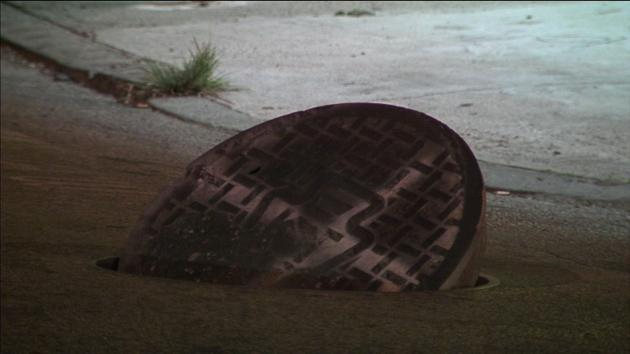
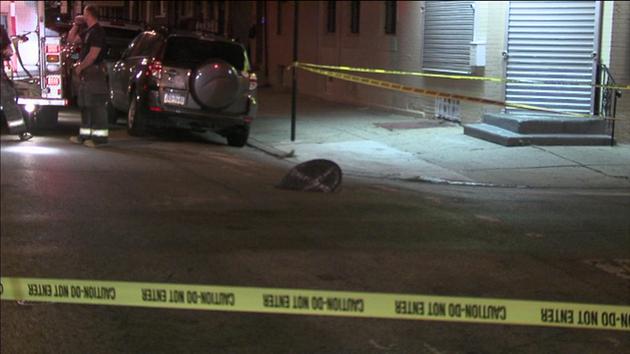
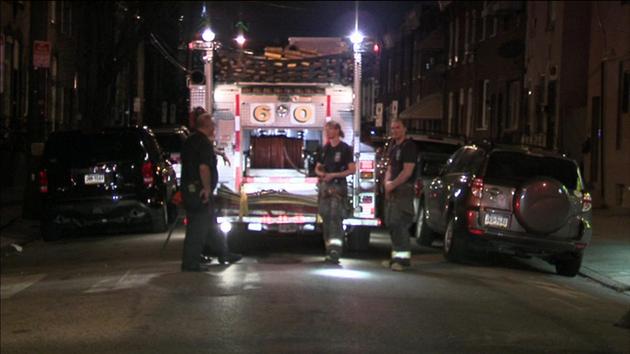


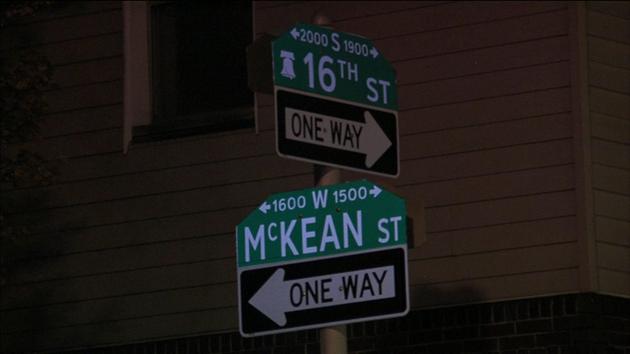

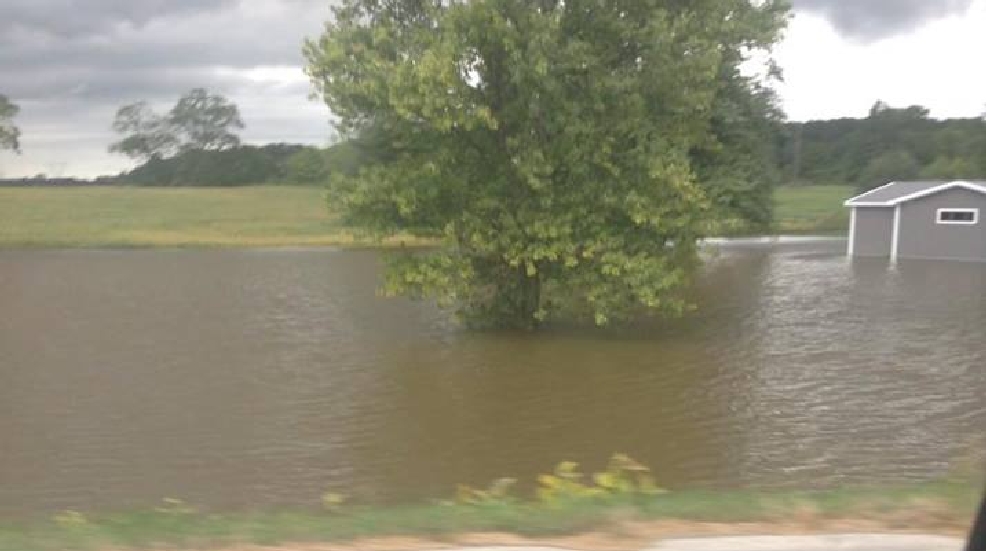 LaPaz sees heavy flooding Saturday. // Courtesy Patrick Justice
LaPaz sees heavy flooding Saturday. // Courtesy Patrick Justice


























